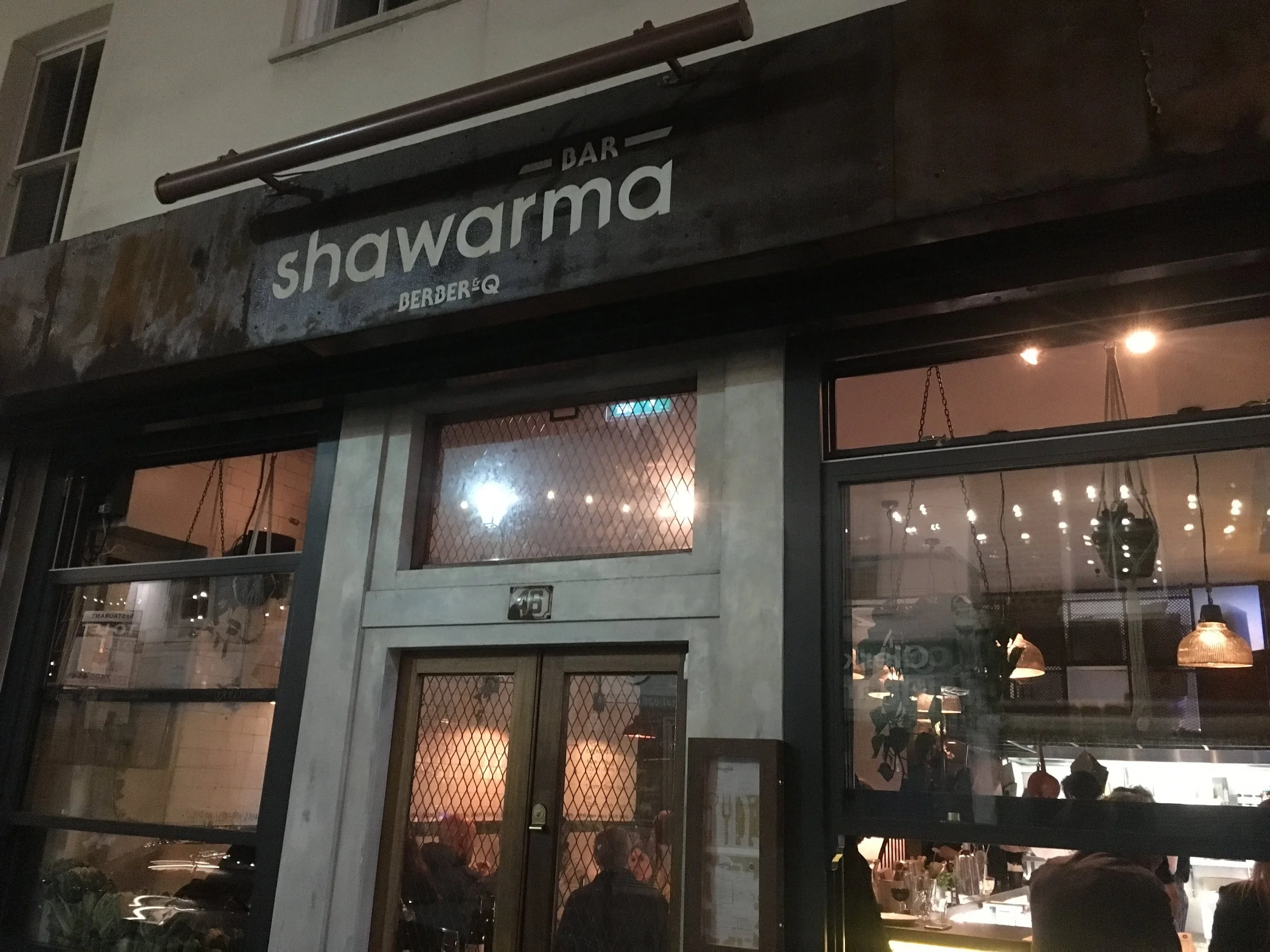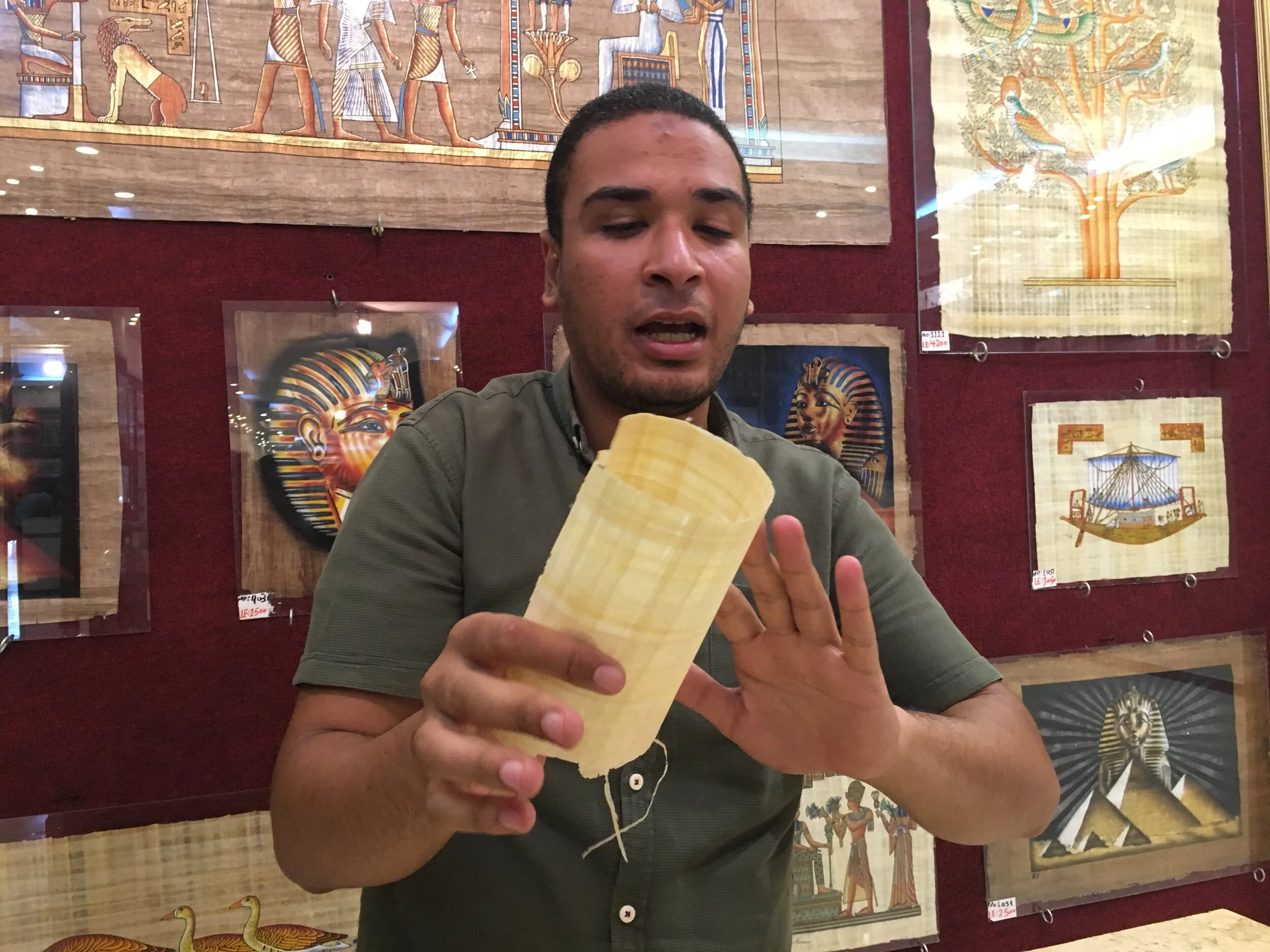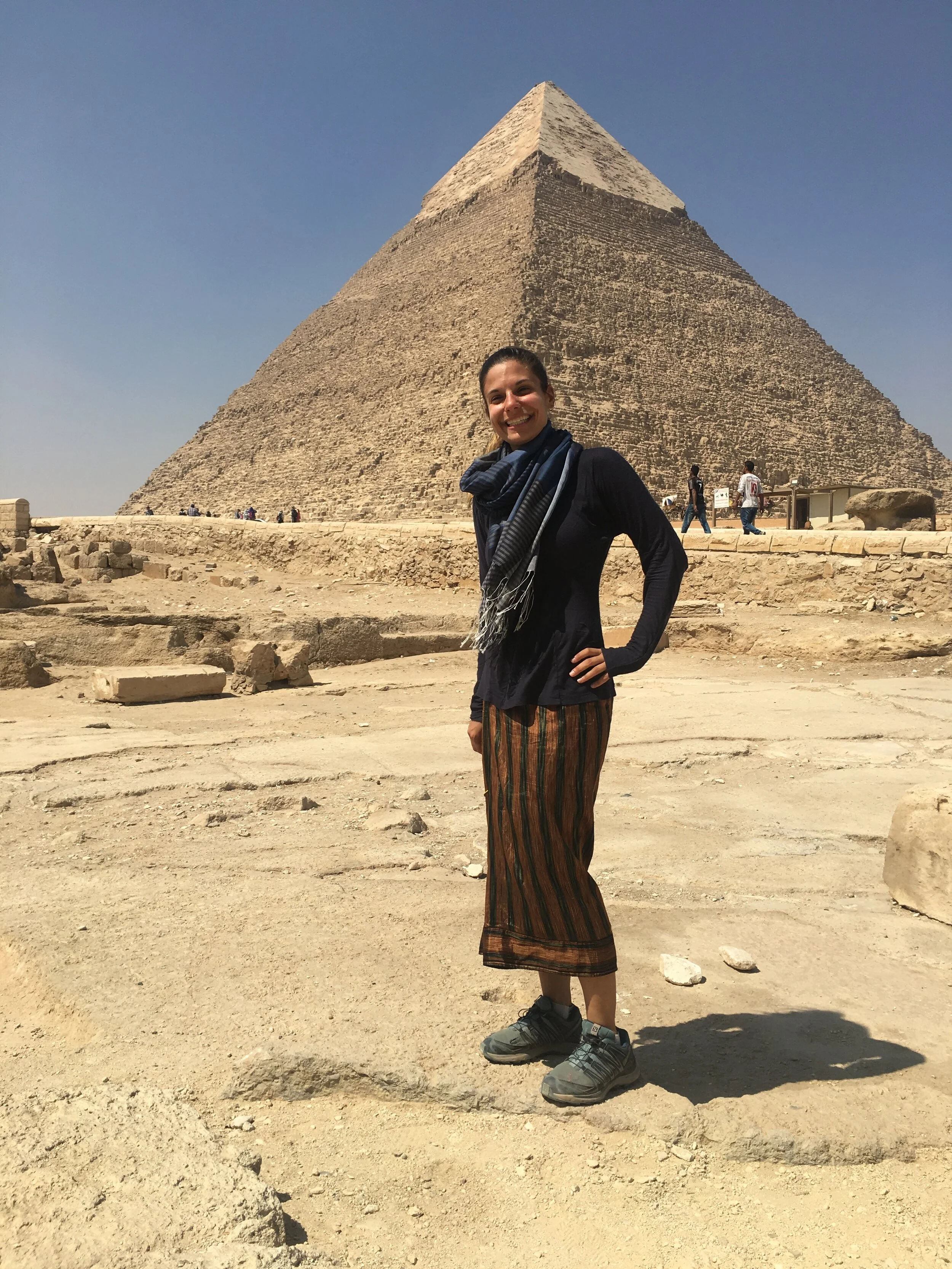Alabaster
Egyptians shopkeepers are very incessant sales people. They’ll lure in tourists with outrageously low prices then jack them up when someone shows interest. They’ll deliberately leave off the currency when negotiating to deceive the shopper into thinking they’re talking Egyptian pounds when really they’re talking about dollars or Euros. Everyone’s got a “special price.” Or asks you to “just look, it’s free.” Then corner you in the shop trying to make a sale.
Since the 2011 uprising as a part of the Arab Spring, tourism is down more than 50% in Egypt. The lack of tourist plus massive inflation has put a lot of people in the tourism sector in a tough position. The irony of signs saying “hassle free shop” combined with touts outside following tourists for half a block asking them if they want to buy water, a tour, a boat ride, a taxi and souvenirs really doesn’t feel “hassle free” to me. Our guide Motaz said that he didn’t work for 5 years after the Arab spring and taught English in his down time until the tourists came back.
Upon meeting, the standard questions are “What’s your name?” and “Where’re you from?” Several people have asked us why more Americans don’t come to Egypt. We give a variation of “a lot of people are still scared it’s violent” and “for a long time our government said not to come because it’s dangerous.”
I understand the hounding when the tourists (who are seen as people with money and potential customers) are in such short supply. I’m annoyed and at the same time feel guilty that I’m annoyed with kids begging and men harassing me for my business when they clearly see me as their best option as a potential customer.
One common stop for tourists in addition to papyrus workshops and perfume workshops is the alabaster workshop. Craftsmen work to turn chunks of rock into beautiful vases and sculptures.
Alabaster is a soft mineral found used for carving decorative pieces. The calcite type was used in Ancient Egypt to make containers for oils, perfumes, canopic jars to hold the organs of the deceased and even whole sarcophagi.
True alabaster is translucent. It comes in colors ranging from white to pink to green, but it’s always translucent.
This is the raw form of alabaster once it’s mined but before it’s processed.
This stone is also alabaster but the green variety, which will show through more once it’s carved.
Machine made alabaster is shiny and polished and much lighter weight than hand-made alabaster products.
The small statues in the front are carved from basalt but the vases are alabaster and all but the narrow shiny one have been carved by hand. The alabaster carving business has been passed down through generations for centuries in Egypt.
Once the alabaster has been dug from the earth and roughly cut into the size of the vase it’s wrapped in plaster to protect it while the inside is drilled out.
The plaster-coated alabaster is buried in sand to absorb the shock as the inside is drilled out by hand.
Once the inside has been drilled out, the vessel is unburied and shaped by hand with files to make it smoother.
The final products are oiled to give them a matte luster.















